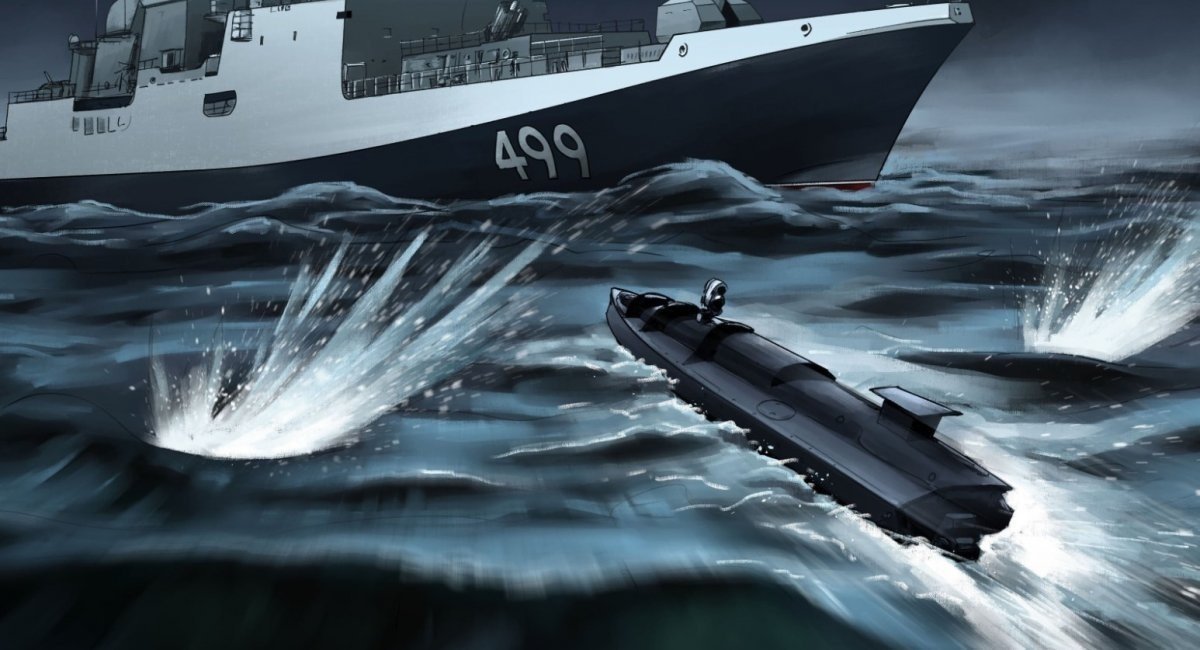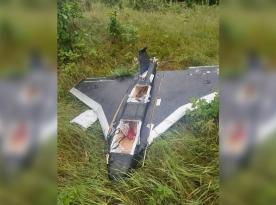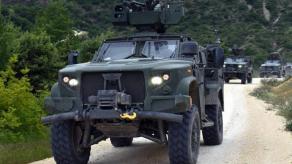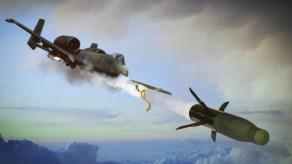Ukrainian so-called naval drones attempted another attack on the russian Black Sea Fleet in occupied Sevastopol on March 22. Videos in open media indicate there were at least three Ukrainian kamikaze boats: one was destroyed by russians at the boom barrier, while the other two managed to jump over the boom, so the russians had to shoot them down with machine guns from a close distance.
This new attack comes half a year after the previous known, which unfolded on October 29, 2022. Presumably, such a timespan between attacks was due to the season of winter storms, critical for small-sized vessels. Satellite images from March 23 show no significant damage after the kamikaze boat raid. But the real effect of the attack was of another kind.
Read more: Explosions In Sevastopil: New Unmanned Surface Vessels And What Consequence of Such Attacks Might Be
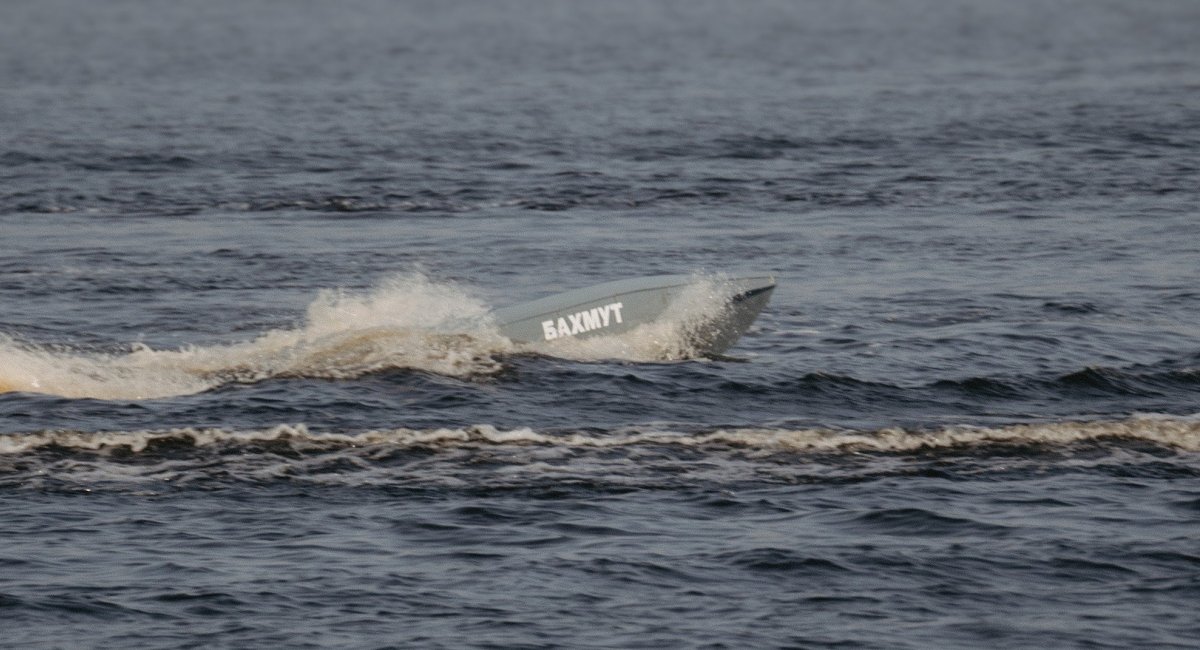
For starters, these six months were used by the Ukrainian engineers to enhance the design of the explosive boat. The size of the naval drone was decreased, all the redundant elements and sensors were put inside the hull. It not only made the drone less visible but also increased its maneuverability. And it manifested in what was probably the first episode in naval warfare history when a boat literally jumped over a boom barrier.
In order to make the naval drone less sizable, the designers had to sacrifice a portion of explosive payload and durability against resistance to external damage because shooting down a high-speed boat is another unique story as well.
On the other hand, all the nuances with remote control have been solved, and now the stability of Starlink connection does not affect the controllability of the unmanned vessel anymore. Western media earlier reported that Ukrainian military have found an "alternative channel" of satellite connection since the Starlink simply halted functioning on Ukrainian boats of any kind.

It looks like these kamikaze boats are still at the testing stage of its development before entering mass production. With that in mind, any raid on the Black Sea Fleet in the occupied Crimea might be considered as field tests in real combat conditions.
Nonetheless, such tests are already affecting naval warfare craft in general. Western analysts are once again voicing out that the Ukrainian boats have revolutionized warfare in the sea domain.
Expanding on the thought further, we have the following picture. On the one hand, the kamikaze boat is yet not a kind of weapon to eliminate an enemy warship. On the other, even such test raids cause problems for the russian occupiers.

After the March 22 attack, the russians found themselves in a predicament: it was too dangerous to keep the ships parked for a long time since Ukrainian drones might reach them sooner or later. At the same time, it was no less dangerous to send them in the open sea because an encounter with naval drones there would bring even more problems.
That's why the russian navy chose "something in the middle": to keep aimlessly maneuvering close to the coast. According to the Ukrainian Navy Command, over the last few days, the russians always kept 8 to 10 ships in the Black Sea, two or three of them were Kalibr missile carriers, yet there was no missile attack with this weapon launched on Ukraine.

Apparently, Ukrainian naval drones turned out to be an ideal tool within the "swarm fleet" concept that sets a primary objective to force the enemy to abandon any proactive measures and lock themselves at their own base. However, the kamikaze boats cannot be an effective tool for the control of one's own waters so they cannot replace the classic surface navy with battleships and patrol vessels.
Read more: Ukraine Creating a Fleet of Sea Drones Will Revolutionize the Entire Domain: We Explain Why




